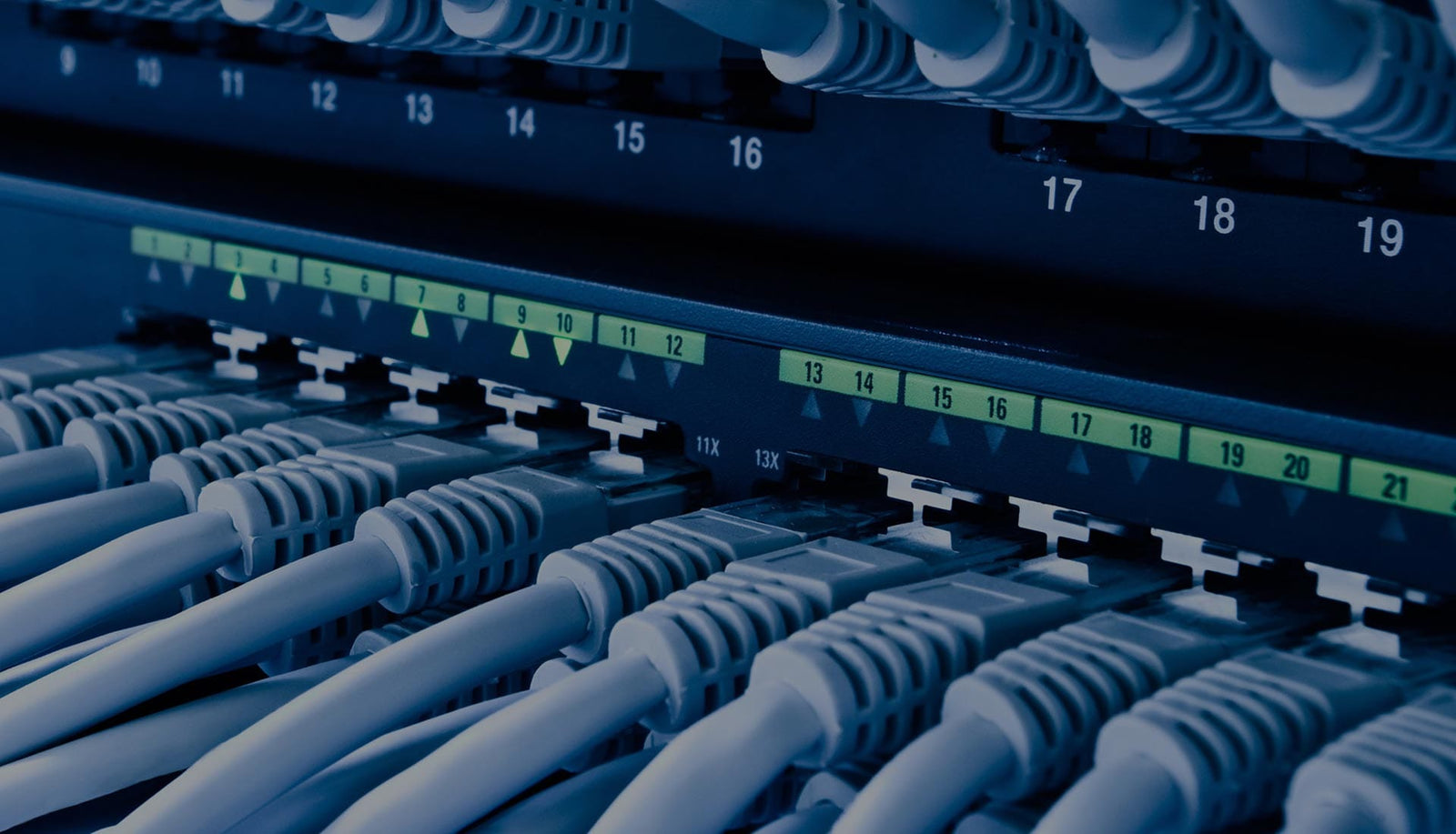What's Wrong With My Wifi?

In the modern world, a home without Wi-Fi is like a car without wheels – it just doesn't work! Wi-Fi has become an essential utility in our daily lives, powering our smartphones, laptops, smart TVs, and countless other devices. But what happens when this essential service begins to underperform, leading to buffering videos, slow downloads, and frustrating interruptions?
Let's explore the common reasons why a home's Wi-Fi may not be performing well and provide solutions to help you get the most out of your wireless network.
Distance from the Router
One of the most common culprits behind poor Wi-Fi performance is the distance between your device and the router. Wi-Fi signals weaken as they travel through walls and obstacles, and the farther you are from the router, the weaker the signal will be. The result is slower speeds and a weaker connection.
Solution: To mitigate this issue, we recommend positioning your router in a central location within your home. Elevating it and keeping it away from obstructions can also help. Most homes benefit from using Wi-Fi range extenders (also known as Access Points of Wireless Access Points). Increasingly popular technology called “mesh networks” are systems that leverage technology to take multiple pieces of hardware around your home and create a mesh of communication between the devices to help support coverage in all areas.
Interference
Wi-Fi operates on various channels, and if neighboring Wi-Fi networks or other electronic devices in your home use the same channels, interference can occur. Interference disrupts the signal, leading to slower performance and dropped connections.
Solution: When there is a lot of interference and traffic, we change your router's channel settings to avoid conflicts with neighboring networks. We also consider other devices like cordless phones, microwaves, and Bluetooth devices and how their placement may interfere with your network performing to its potential. a
Outdated Hardware
This is a big one we see a lot. If your router or access points are older than 5 years old and you want improved speed and performance, it is time to upgrade. As technology evolves, older Wi-Fi routers may struggle to keep up with the demands of modern devices. If your router is several years old, it is likely not capable of delivering the speeds and coverage that newer routers can provide.
Solution: Upgrading to a new Wi-Fi router that supports the latest standards (such as Wi-Fi 6 and soon to be Wi-Fi 7) will offer drastically improved performance. Upgrading routers and access points is the number one way to improve your speed and reliability.
Network Overload
A home network can become overloaded when too many devices are connected at the same time, competing for bandwidth. This can lead to slow speeds and a sluggish network. The rise of online gaming in the home, video calls for working at home along with streaming services for entertainment content (hello Netflix, Disney+, Hulu, you name the platform) have placed a lot of demand on home networks.
Solution: Prioritize and limit the number of devices connected to your Wi-Fi network. One of the tactics we employ when helping clients to to implement Quality of Service (QoS) settings on your router to prioritize important devices, like a gaming console or a work computer, for a better overall experience. If you're experiencing slow speeds during high-bandwidth activities, you may need to schedule these tasks during off-peak hours or consider upgrading your internet plan to accommodate the increased demand.
Software and Firmware Issues
Like any piece of technology, Wi-Fi routers can encounter software and firmware issues. These issues can lead to slow performance, connectivity problems, and even security vulnerabilities. It is critical to keep all networking equipment up to date,
Solution: Regularly update your router's firmware to ensure it's running the latest, most secure, and efficient version. Some of our “go to” home network solutions allow us to monitor client’s networks remotely and update firmware for them.
What next?
A well-performing home Wi-Fi network is essential in today's connected world and if you have a teenager in your home it is likely you have heard complaints if your network is not optimized.
When your Wi-Fi isn't performing as expected, it can be frustrating and disruptive. By addressing common issues such as distance from the router, interference, outdated hardware, network overload, software and firmware issues, and overloading the network, you can improve your Wi-Fi experience and enjoy seamless connectivity for all your devices.
Keep in mind that sometimes diagnosing and resolving Wi-Fi problems can be complex, and sometimes it's best to consult with a professional. Our team at Level Up Automation offers complimentary home consultations to help assess and support networks for both homes and commercial spaces. Book us online or text us at 1-800-979-2791.







Leave a comment